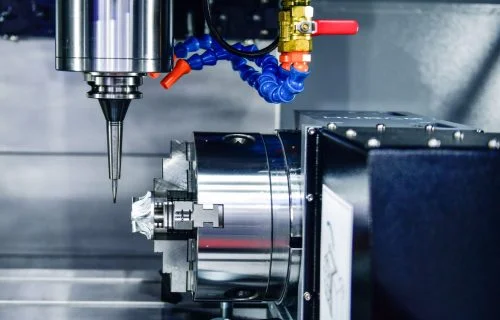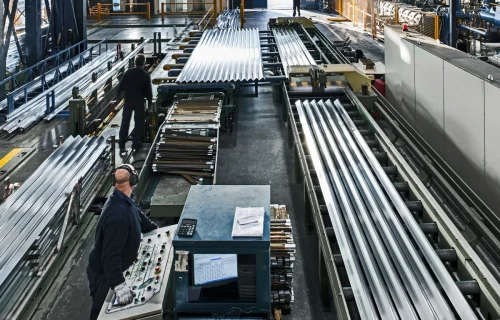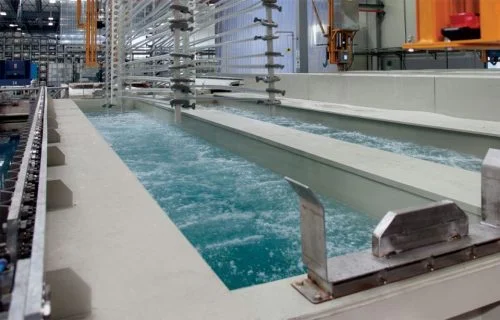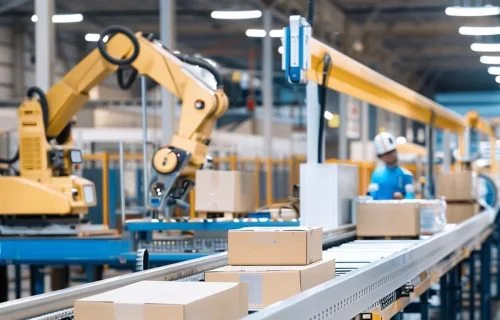Our Services
Trust the Experience
AMS Viet specializes in CNC machining services, offering precision CNC machining for various industries. Our services include rapid prototyping, low-volume production, and high-quality machining solutions. Whether you need CNC machining in Vietnam or advanced precision CNC machining, we provide accurate, efficient, and cost-effective results. Contact us for expert CNC machining services.

Engineered Design
We offer a wide range of custom solutions, including Engineering Design, Technical Support, and Value-Added Services,

Precision Machining
Our vast selection of machined products enables our customers and business partners to achieve successful results.

Aluminum Profile
AMS specialize in aluminum machining products such as aluminum profiles and components as Extruder Bar, Electrical Box,

Surface Finish
We do offer CNC machining services including custom surface treatments by means of anodic oxidation, color surface finish or sandblasting.

Assembly & Packing
In addition to machines accessories and industrial assemblies, we also offer specialized manufacturing, custom branding, and machining.

Value Added
We bring value to our customers by allowing them to focus on their core competencies and listening to and collaborating with them.
CNC Machining Services
Scheduling An Appointment
We bring CNC Machining Services value to our customers by allowing them to focus on their core competencies and listening to and collaborating with them.